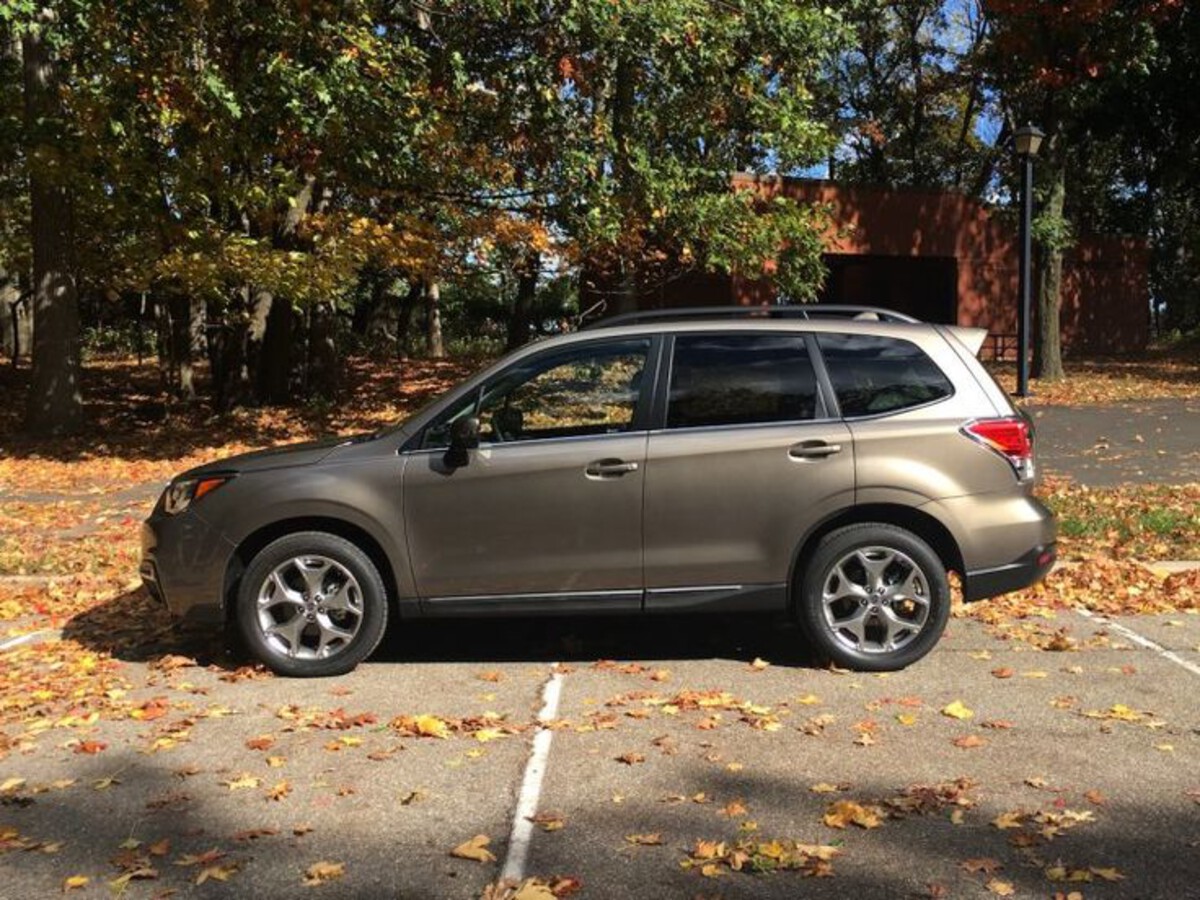Automotive engineering is often defined by small yet significant details that determine both safety and performance. Among these critical details, the structural support provided by subframes and frame inserts stands out.
Subframes form the backbone for many vehicle components, anchoring control arms, engine mounts, and suspension systems. Their mounting points must endure tremendous forces, making subframe integrity essential for driving stability, handling, and occupant safety.
Some vehicles feature reinforced subframe mounts, either as a factory improvement or aftermarket modification, aimed at enhancing durability and addressing known weak points.
Conversely, there is a staggering number of cars with problematic frame inserts, where structural vulnerabilities cause mounting points to crack, deform, or fail altogether.
This article examines both sides of the coin: five cars recognized for having reinforcements applied at crucial subframe mounts, and five with a notorious record of broken or inadequate frame inserts.
By comparing these examples, we gain a better understanding of how design decisions or manufacturing shortcomings influence vehicle longevity and user experience.
The focus is not simply on technical data, but on real-world implications such as repair costs, driving confidence, and resale value.
Addressing these pivotal concerns will help car buyers, enthusiasts, and mechanics appreciate the significance of robust frame engineering and recognize the warning signs of potential problems.
Also Read: 5 Cars with Lifetime Hatch Hinges vs 5 with Sagging Tailgates
5 Cars with Reinforced Subframe Mounts
The drive to produce safer, more reliable vehicles has prompted many automakers to pay particular attention to subframe mounts.
Reinforced subframe mounts are used to strengthen the connection between the vehicle body and the critical subframe, supporting large mechanical loads transmitted through the suspension and drivetrain.
This feature translates to more precise handling, improved chassis rigidity, and increased lifespan of the mounting points. Such reinforcements can be found in various forms, ranging from thicker metal gussets to specially engineered bushings and additional weld points.
Highlighting cars with robust reinforced subframe mounts serves several purposes. Firstly, it brings attention to manufacturers who prioritize structural integrity, encouraging best practices in the industry.
Secondly, it provides valuable information for buyers who use their cars in demanding conditions, such as spirited driving or regular hauling of cargo.
Lastly, these examples set a benchmark, illustrating how targeted improvements can solve real-world issues such as creaking noise, wheel misalignment, and premature wear at mounting points.
This section features five vehicles where reinforced subframe mounts have made a measurable difference in reliability and performance.
Each example is chosen for its reputation among owners and mechanics, and each comes with an explanation of why this detail is particularly important to highlight.
1. BMW E46 M3
The BMW E46 M3 enjoys a celebrated reputation for blending performance and everyday usability. However, the regular E46 chassis was notorious for rear subframe cracking, a structural weakness aggravated by spirited driving.
Recognizing this flaw in the earlier 3 Series models, BMW engineers took extra steps in the M3, reinforcing the rear subframe mounts as a response to owner feedback and warranty claims.
The reinforcements came in the form of thicker mounting plates welded to key points of the rear floor, along with stronger bushings at the subframe connection. These measures distributed load more evenly, significantly reducing flex and subsequent metal fatigue.
The changes were particularly important because the M3, with its more powerful engine and track-oriented suspension, puts additional stress on these connections.
For track enthusiasts and performance drivers, this translated into a car that could withstand repeated hard launches and aggressive cornering, with far fewer reports of cracks and failures compared to its non-M M3 siblings.
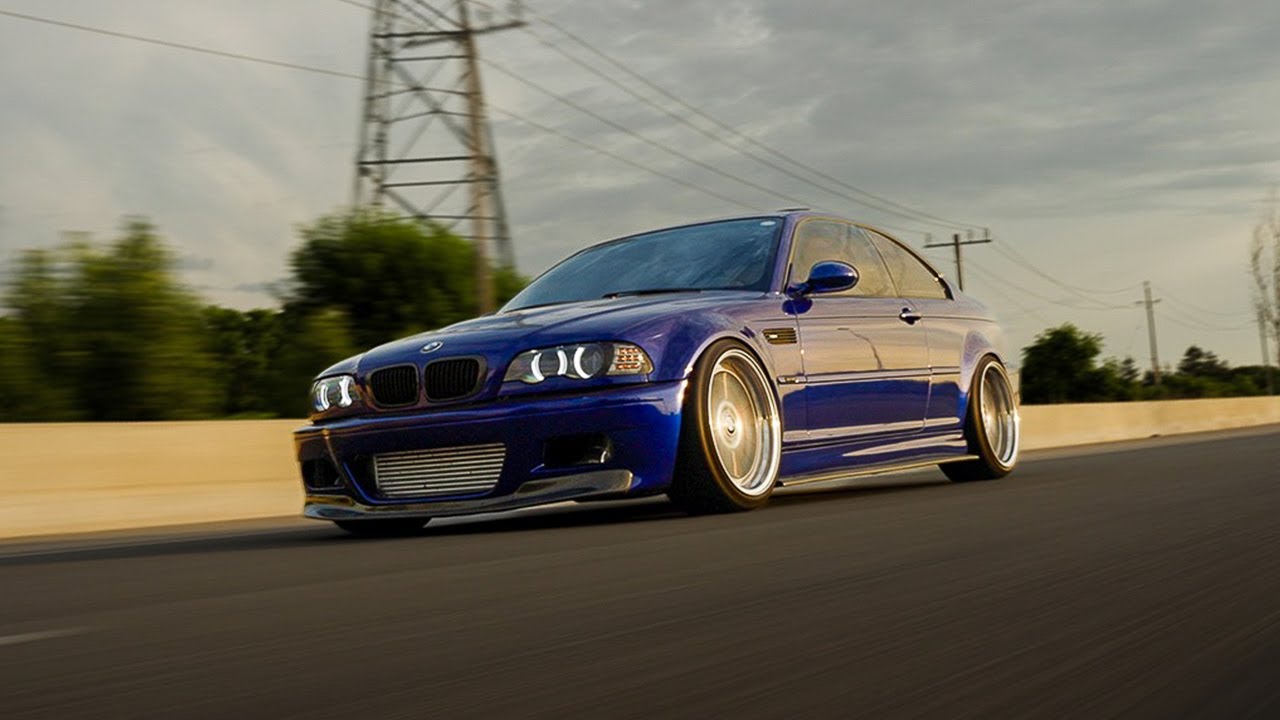
The reason for highlighting the E46 M3’s reinforced subframe context is twofold. First, it shows how direct attention to weak areas can improve both driving confidence and long-term reliability.
Second, it provides a cautionary tale for buyers considering earlier versions of the chassis, which often require costly repairs or aftermarket reinforcement kits to achieve a comparable level of durability.
2. Honda Civic Type R FK8
The Honda Civic Type R FK8, launched in 2017, stands as an example of a front-wheel-drive performance car engineered with remarkable attention to structural strength.
One of its most notable features is the reinforced subframe mounts at the front and rear, a critical detail given its 306-horsepower turbocharged engine and track-focused suspension.
These reinforcements are apparent in the form of thicker steel at subframe attachment points, as well as specially designed brackets that limit unwanted flexing during aggressive maneuvers.
Honda’s engineers placed a strong emphasis on torsional rigidity throughout the chassis, with a goal of minimizing unwanted movement that could interfere with steering feedback or increase component wear over time.
Why focus on the Type R? The FK8 has consistently earned praise for its direction changes and stability under load, qualities that can be traced in part to its robust mounting architecture.
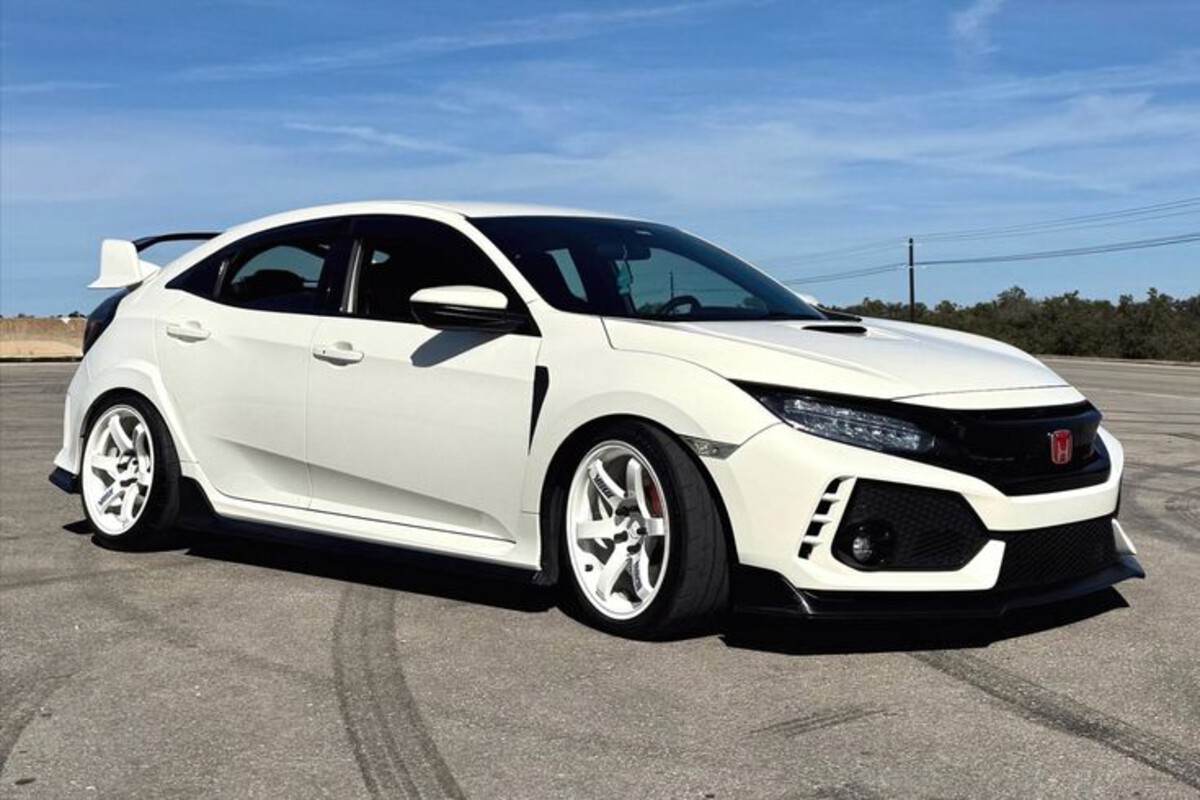
For owners who take their cars to the track, or those who regularly encounter uneven road surfaces, the reinforced subframe mounts act as a buffer against the sorts of dynamic loads that lead to premature maintenance issues in lesser cars.
Its reputation for durability in demanding environments makes this model a standout, proving that reinforced subframe mounts are not just about safety but also about extracting the maximum performance and longevity from a daily-driven sports car.
3. Subaru WRX STI (VA Generation)
Subaru has a long-standing tradition of designing vehicles intended to tackle rough terrain and perform admirably on various surfaces.
The VA-generation Subaru WRX STI, produced from 2015 onward, upholds this legacy thanks in part to its reinforced subframe mounts and chassis bracing.
What sets this car apart is the attention given to securing both the front and rear subframes. Subaru employs thickened steel brackets coupled with additional welds to anchor the subframes to the vehicle body, especially in regions that take the brunt of forces during hard cornering or off-road excursions.
The result is a platform that delivers impressive rigidity and keeps alignment consistent even under high-stress conditions, such as rally stages or track days.
The WRX STI’s all-wheel-drive layout and turbocharged powerplant would quickly reveal weaknesses if the subframe mounts were not up to par.
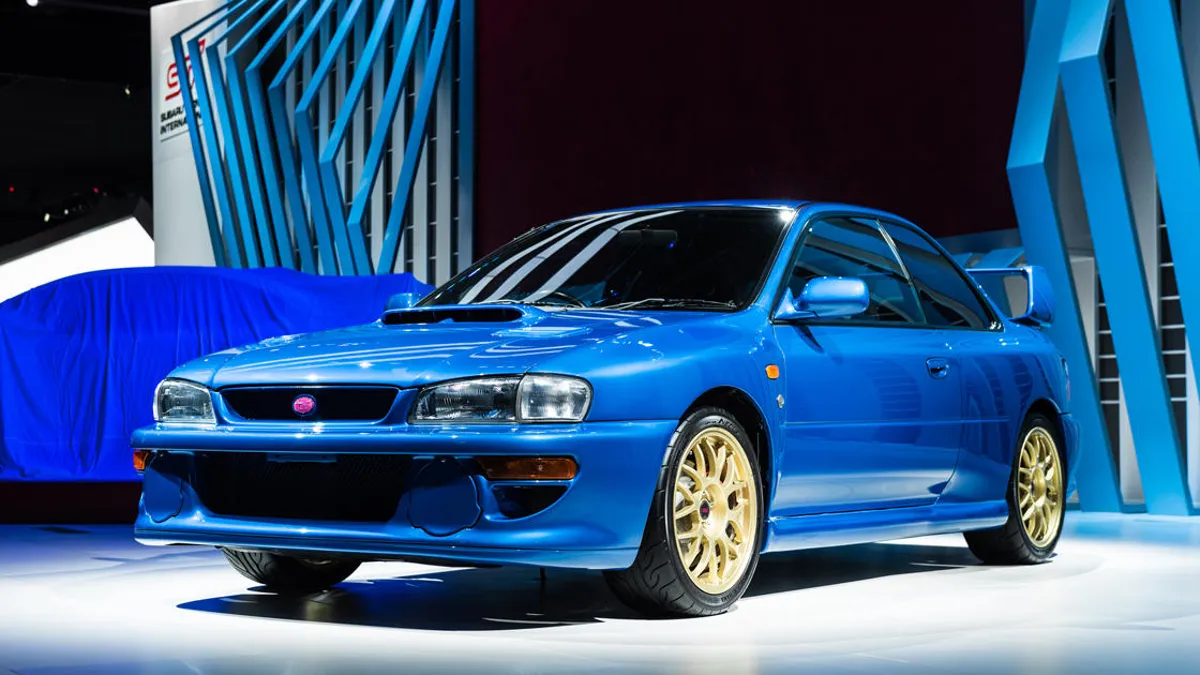
By reinforcing these areas, Subaru provides a reassuringly stable handling experience, reducing the risk of chassis flex, unwanted vibrations, or the dreaded “clunk” noise from shifting subframes.
This example is significant because it demonstrates how appropriate reinforcements not only prevent future issues but also help retain the car’s legendary handling reputation.
For fans of aggressive driving or those seeking a reliable performance sedan, the VA STI’s robust subframe mount engineering is a clear advantage.
4. Porsche 911 (996 and 997 Generations)
The Porsche 911, particularly in its 996 and 997 generations, offers a notable view into how subframe and mounting reinforcement can influence both ride quality and long-term durability.
These models feature subframes made from lightweight yet strong aluminum alloys, with mounting points specifically engineered to reduce fatigue and enhance chassis precision.
Porsche engineers designed these generations with reinforced mounting plates and additional gusseting at subframe attachment points.
The intention was to ensure optimal weight distribution and high torsional rigidity, even when exposed to the significant dynamic forces produced by powerful engines and rear-heavy layouts. The result is a sports car with sharp handling, consistent alignment, and a planted feel under acceleration, braking, and cornering.
These improvements have real-world relevance. The 911 remains a performance benchmark, in part because its underlying structure avoids the common pitfalls of subframe fatigue and mounting point failures.
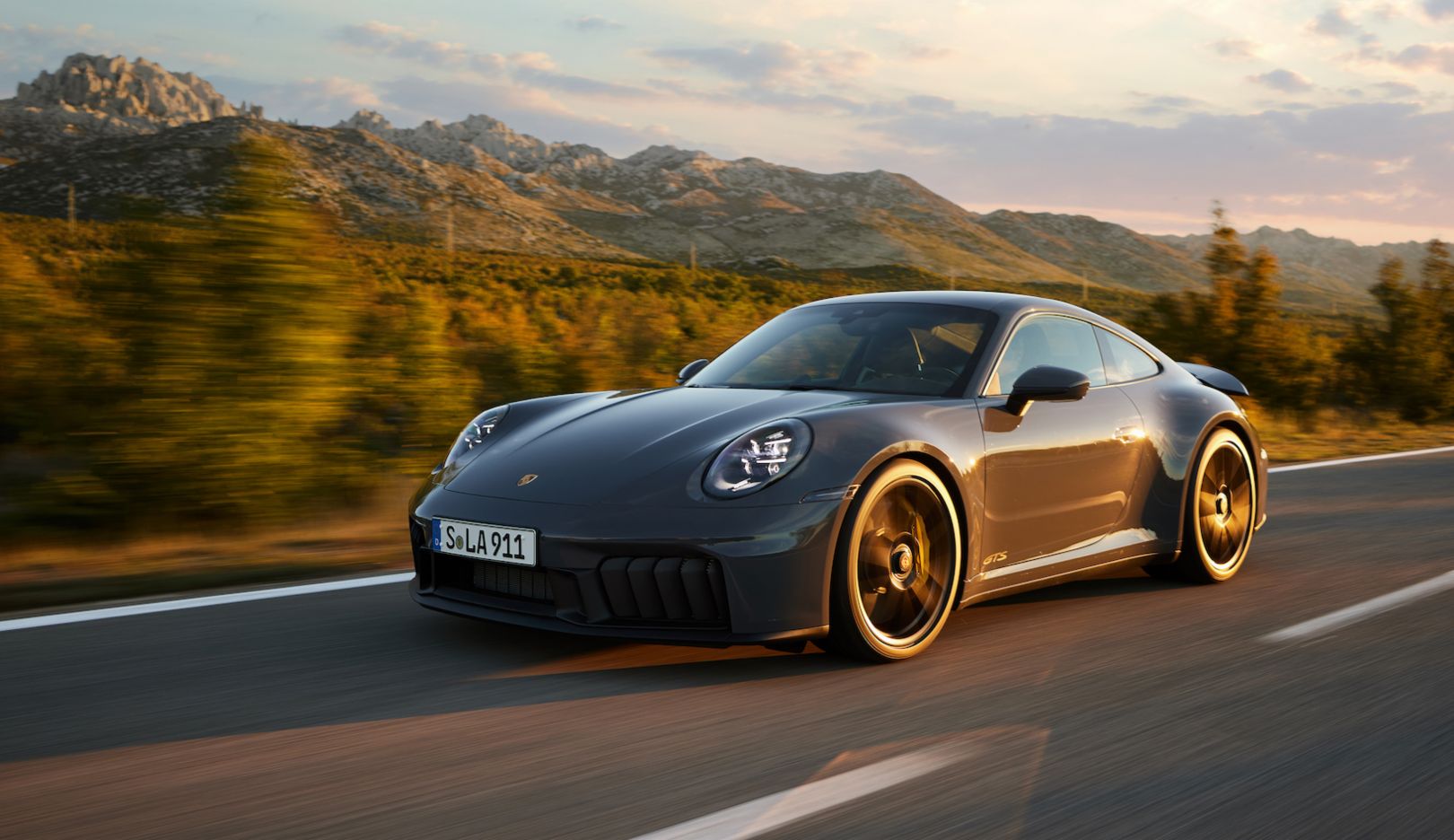
For owners, this translates to fewer worries about hidden cracks or expensive repair bills. For enthusiasts who might consider these cars for occasional track work or spirited weekend driving, the reinforced subframe mounts provide additional peace of mind.
Highlighting the Porsche 911 in this context showcases how reinforcements at crucial mounting locations serve not just to protect the vehicle itself but to preserve the legacy of a model renowned for precision and engineered excellence.
5. Volkswagen Golf R Mk7
The Volkswagen Golf R Mk7 has earned strong reviews for its blend of everyday convenience and surprising performance. Much of this capability is rooted in the underlying chassis, which benefits from reinforced subframe mounts and a focus on structural rigidity uncommon in its segment.
Volkswagen’s engineers addressed known weaknesses in earlier Golf subframes by utilizing high-strength steel and larger mounting brackets. Subframe mounts have been designed to resist flex and shifting during aggressive driving, and the inclusion of reinforced bushings further helps dampen vibrations.
This careful engineering ensures that the car delivers confident handling, sharp steering response, and improved stability, even when driven hard or fitted with aftermarket performance upgrades.
The Golf R’s reputation among tuners and performance enthusiasts often leads to higher-than-average stress on chassis components.
By addressing subframe mounting in the original design, Volkswagen has succeeded in minimizing complaints related to clunking noises, misaligned wheels, or premature bushing wear problems that can plague less reinforced competitors.
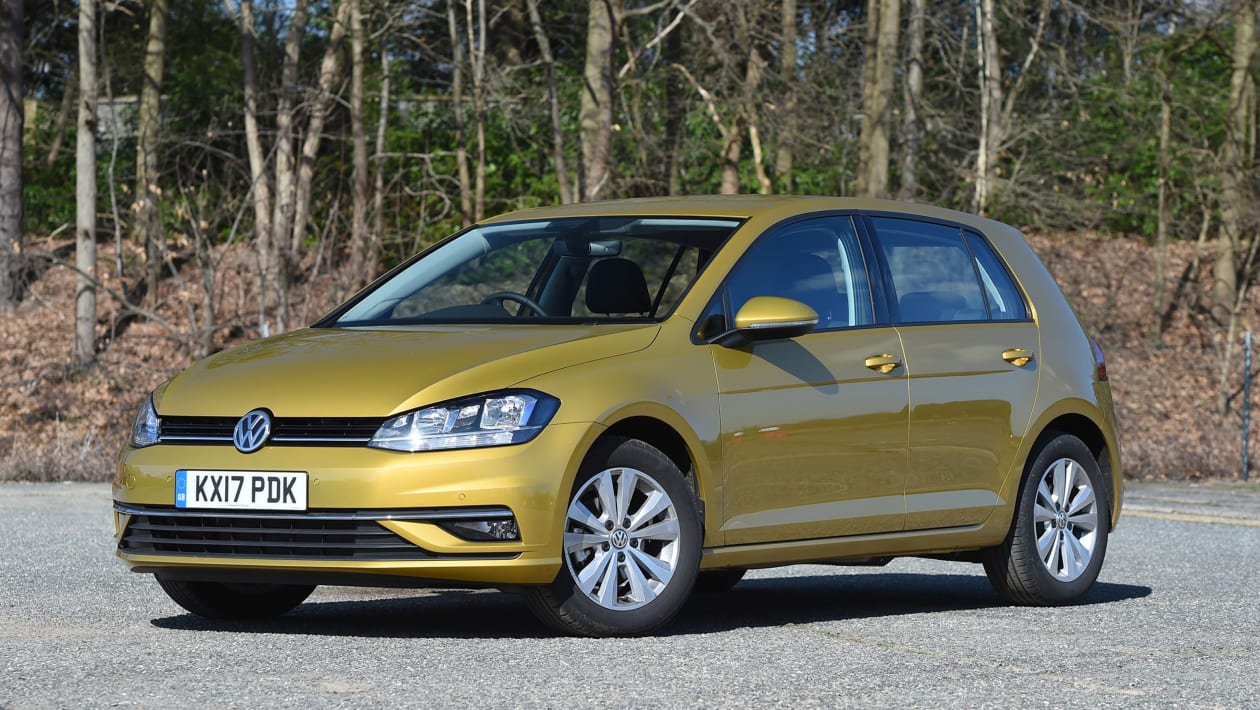
This example deserves mention because it represents a mainstream vehicle that offers reliability and driving enjoyment previously reserved for more expensive performance cars.
The reinforced subframe mounts not only enhance longevity for daily drivers but also support those who wish to modify their cars for further power and handling improvements.
5 Cars with Broken Frame Inserts
Despite advances in automotive design, certain cars have developed notorious reputations for broken or inadequate frame inserts.
Frame inserts are meant to strengthen mounting points and distribute mechanical loads over a wider area, reducing the risk of stress fractures, warping, or outright failure.
When these inserts are poorly designed, underbuilt, or subject to cost-cutting measures, owners often face persistent issues such as clunking noises, loss of alignment, or, in severe cases, costly structural repairs.
This section presents five vehicles recognized for their problematic frame inserts, illustrating just how profoundly these weak points can affect the ownership experience.
Such faults are rarely obvious during test drives; instead, they usually surface after years of use or under extreme conditions. The implications are significant: unexplained noises, rapid tire wear, and unexpected repair bills can quickly sour the relationship between owner and vehicle.
Presenting these examples helps owners, prospective buyers, and mechanics spot vehicles that might require extra vigilance. It also highlights the importance of robust engineering at critical points in the vehicle’s structure.
By detailing why these five cars are highlighted, we move beyond stereotype and rumor, focusing on real-world problems confirmed by service data and community experience.
1. BMW E36 3 Series
The BMW E36 3 Series, produced from 1992 to 1999, is a cult favorite thanks to its engaging dynamics and accessible aftermarket.
However, beneath its sharp handling lurks a well-documented structural Achilles’ heel: weak rear subframe mounting points and fragile frame inserts. As these cars age especially those that have seen regular enthusiastic driving, issues at these mounting points become increasingly prevalent.
What went wrong here? The design relied on thin stamped metal and lightly reinforced inserts to anchor the rear subframe to the chassis.
Over time and repeated stress, these mounting points are prone to cracking, especially on higher-torque six-cylinder models or those subjected to aggressive cornering.
It’s not unusual for owners to report metallic thumping noises, trailing arm misalignment, and eventually visible cracks or tears in the trunk floor.
Highlighting the E36 is important for two main reasons. First, it serves as a cautionary example for those considering a used purchase or planning to upgrade power/handling.
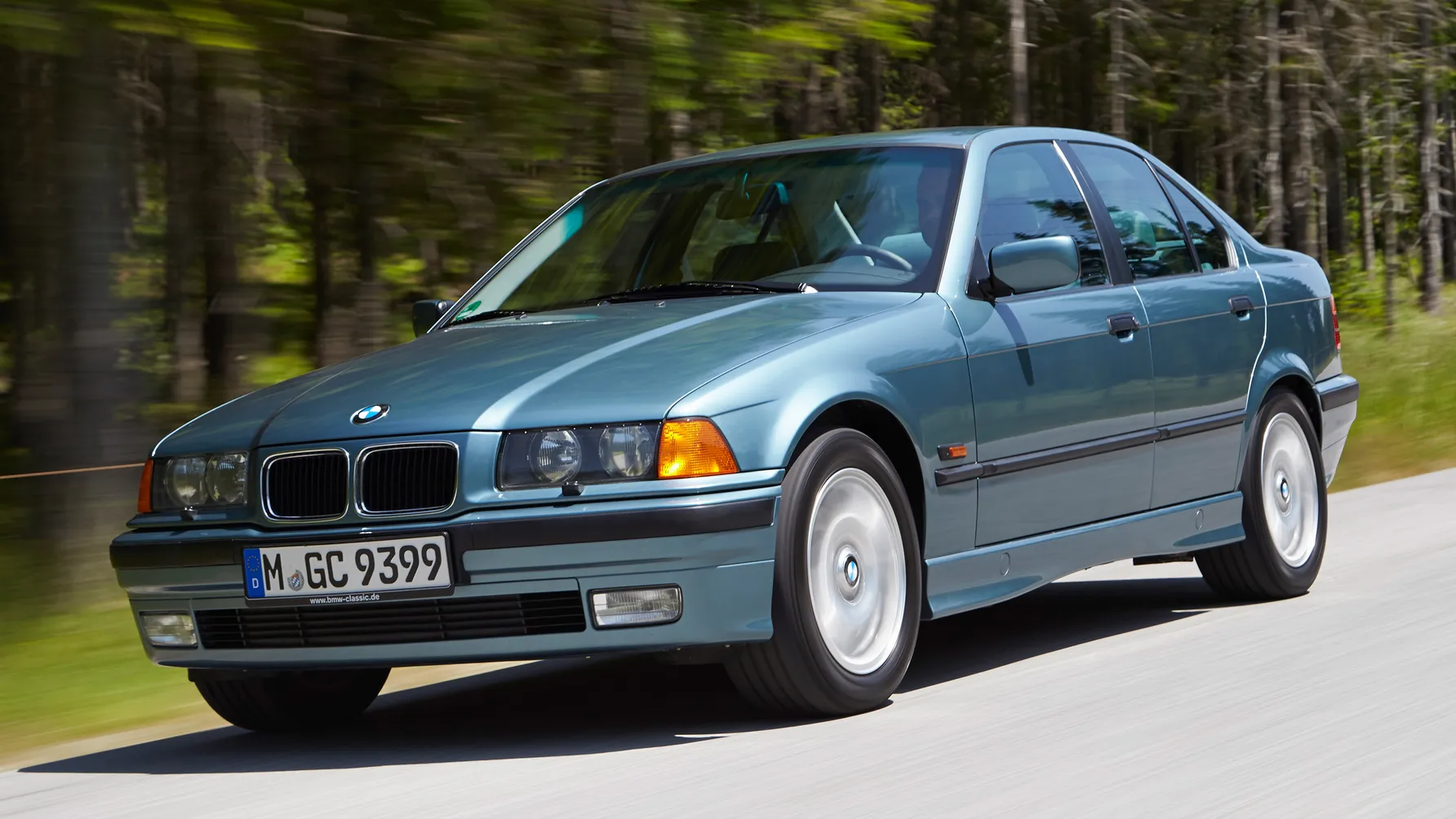
Second, it sparked a cottage industry around repair and reinforcement kits weld-in plates and custom inserts meant to correct a shortcoming that arguably should have been addressed by the manufacturer.
Many E36 fans are keenly aware of this issue, making inspection and repair history a mandatory step when evaluating one for long-term use or restoration.
2. Nissan 350Z
The Nissan 350Z, produced between 2002 and 2009, arrived with muscle car performance and head-turning looks. It quickly became a favorite among sports car enthusiasts and track day regulars. Unfortunately, it’s also recognized for its frame insert vulnerabilities, notably in the rear subframe assembly.
The culprit lies in the relatively thin subframe mounting pockets and the basic, cost-saving steel inserts anchoring the rear differential and suspension arms.
Under heavy loads think drag launches, drifting, or just years of spirited street usage the steel inserts can deform or even break free.
This failure permits excess subframe movement, which translates to wheel misalignment, vibration, and that dreaded metallic clunk during acceleration or hard cornering. Some owners report tearing or ovaling of bolt holes, a clear sign the load is not properly distributed.
Nissan’s decision to save weight and cost at these critical mounting points arguably affected the 350Z’s long-term durability. This topic is relevant because the 350Z remains popular on the used and enthusiast markets, many of which have led hard lives.
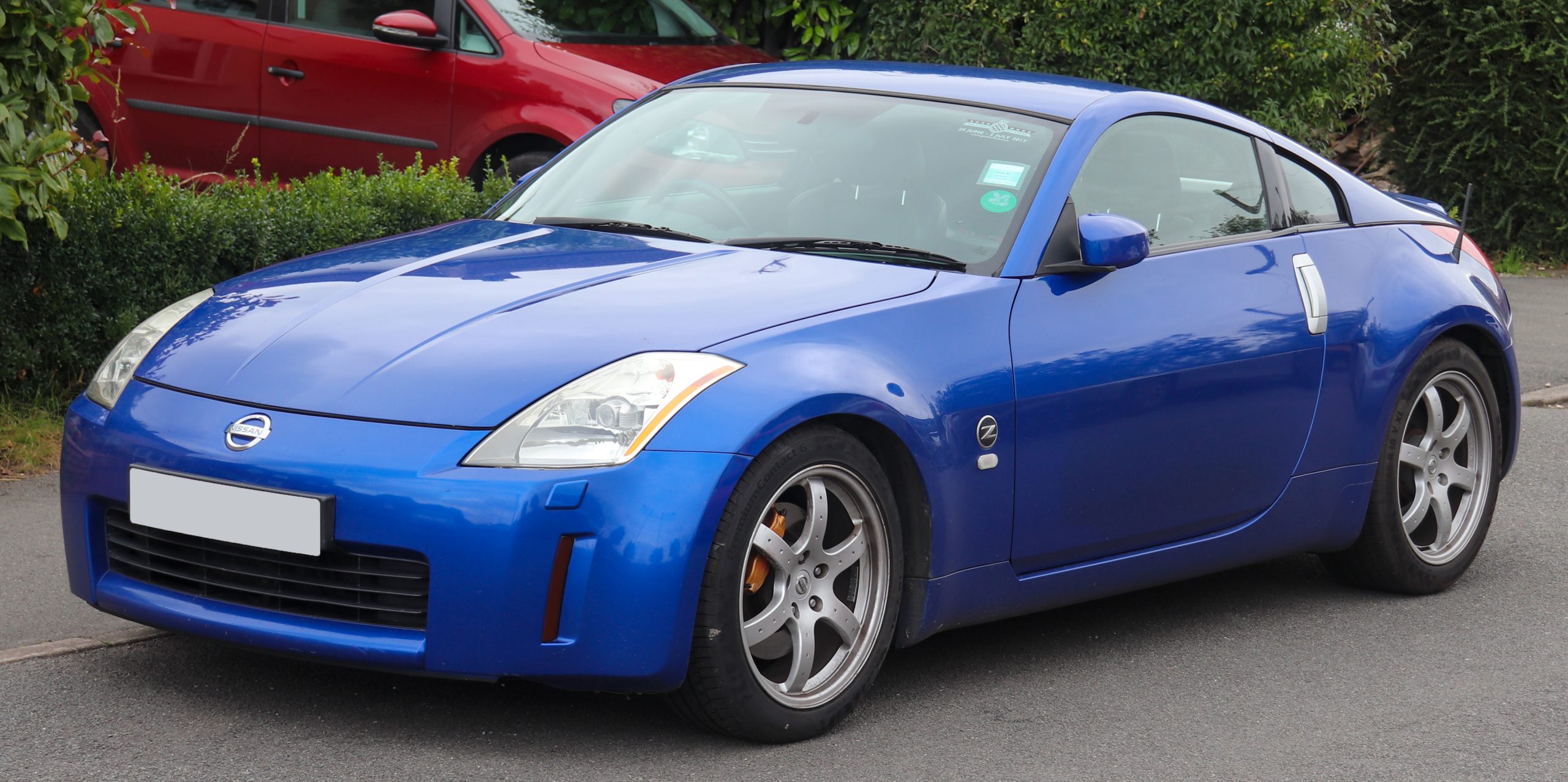
Prospective buyers need to know that checking the integrity of these mounts and inserts is as important as reviewing the engine and gearbox.
Many owners opt for aftermarket reinforcement or bushing kits, but factory-original cars can harbor expensive potential repairs. Spotlighting the 350Z reminds buyers and owners that structural durability, not just engine robustness, determines the joy and longevity of a sports car ownership experience.
3. Subaru Forester SG (2003-2008)
The second-generation Subaru Forester, known internally as the SG (produced from 2003 to 2008), combines all-wheel-drive versatility with surprising off-road and dynamic prowess.
Despite this, the SG series suffers from underdesigned frame inserts, particularly on certain crossmembers and suspension mounting points.
Owners and Subaru specialists have long noted repeat failures where the rear suspension mounts meet the unibody structure. The culprit: slim, poorly reinforced inserts behind the mounting flanges.
Under the cyclical stresses of uneven terrain and, in rust-prone climates, worsening due to moisture ingress, the frame inserts deform or allow the mounting bolts to punch through the floor.
This not only leads to clunking noises and vague handling but can also, in advanced cases, cause catastrophic separation of the suspension’s anchor from the chassis.
Why does this matter? The SG Forester has a reputation for reliability, but these frame insert problems can present as late-onset issues, frustrating both loyal owners and secondhand buyers.
Addressing the mounting points with welding and reinforcement plates is possible but often costly and labor-intensive.
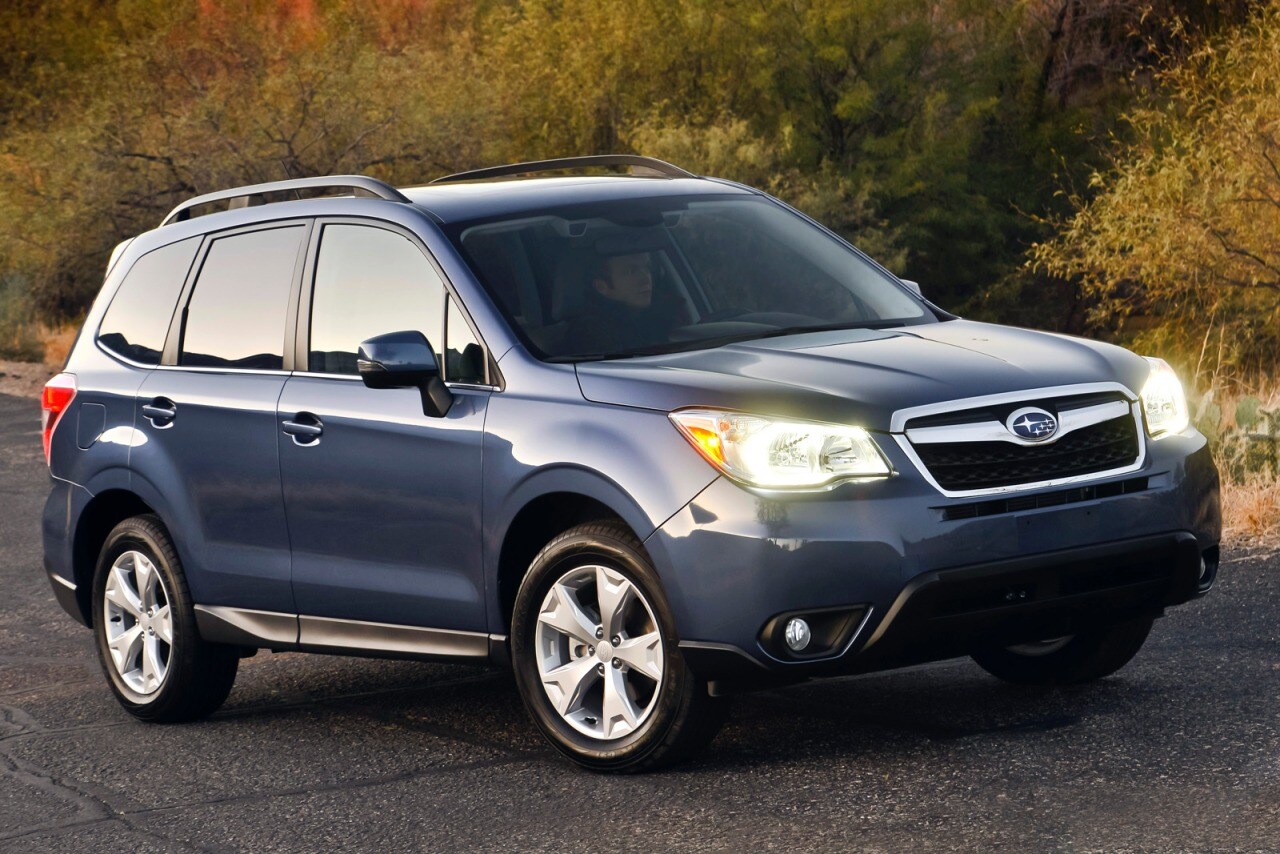
Citing the Forester SG in this context highlights that even trusted brands and models can have surprising structural issues lurking beneath the surface, driven by seemingly minor decisions such as the gauge of steel or the surface area of an insert.
Knowledgeable inspection and preemptive reinforcement can be the difference between enduring Subaru strength and an endless repair saga.
4. Mazda MX-5 Miata NA/NB
Few cars are as universally loved as the Mazda MX-5 Miata, particularly the NA (1989-1997) and NB (1998-2005) generations.
Their charm comes from simplicity and lightweight fun, but this pursuit of low mass led to certain structural compromises, including inadequately fortified frame inserts at critical suspension points.
The problem manifests primarily at the rear lower control arm mounts. Lightly constructed frame inserts intended to save weight often can’t withstand years of use, let alone the abuses of motorsport or spirited canyon driving.
Over time, repeated loading and rust exposure (especially in climate-prone regions) lead to Enlarged or cracked holes, loose mounting bolts, and that infamous “Miata clunk.” In some cases, the failed inserts contribute to suspension geometry changes, leading to premature tire wear and eroded handling precision.
Why single out the Miata when so many lovable classics hide similar issues? The NA/NB generations are so widely used as track/race/touge weapons, with drivers pushing their modest frames to the limit in autocross and amateur competition.
Countless owners have discovered the hard way that a car renowned for reliability can still fail if unseen mounting points go unchecked.
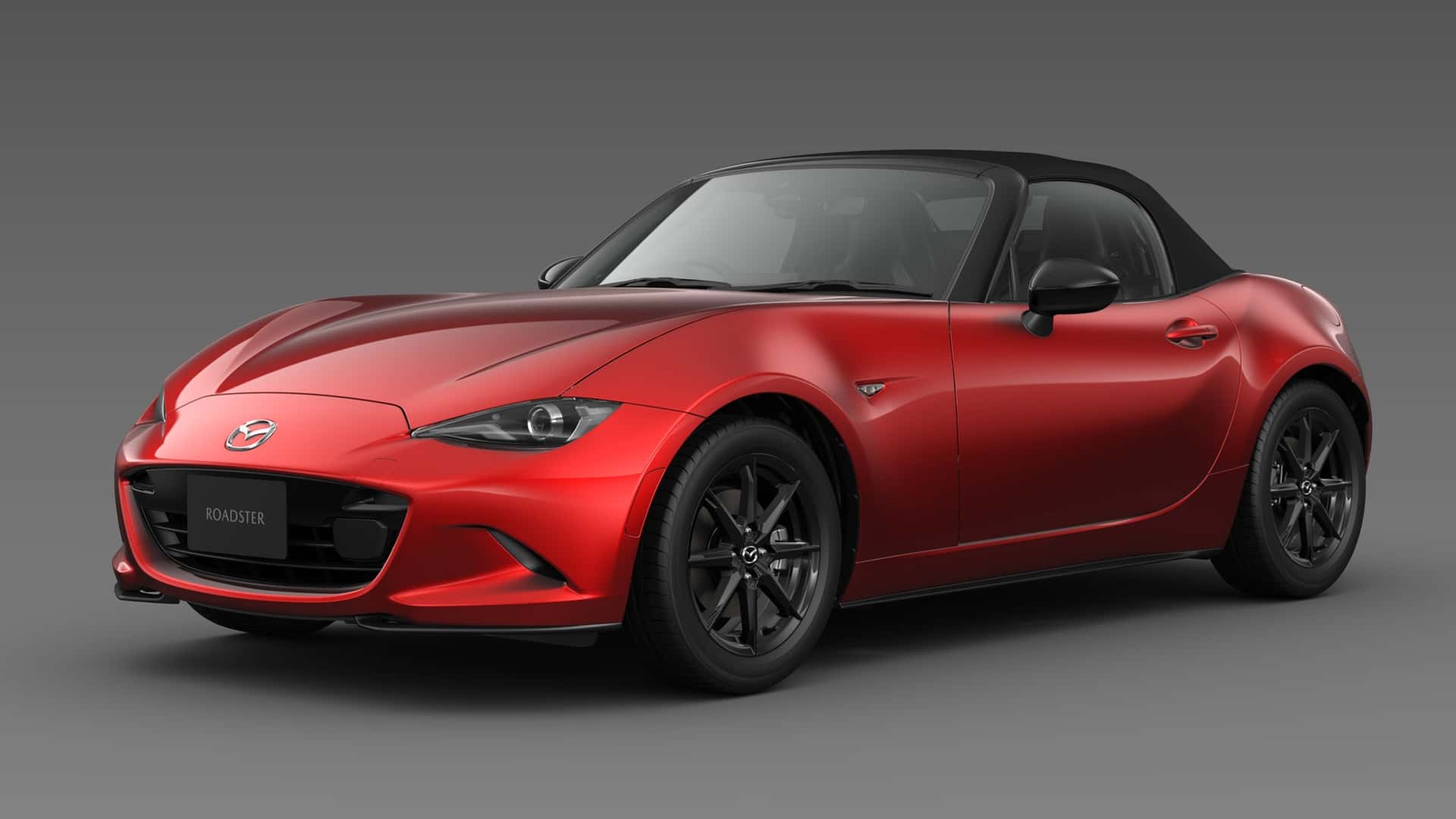
This issue illustrates the tricky balance engineers face between weight savings and long-term robustness, and why enthusiasts so often end up seeking aftermarket reinforcement kits or, at the very least, regular inspection of known weak spots. It’s a reminder that even everyday fun cars need proper attention in areas you never see.
5. Ford Focus MK1
The first-generation Ford Focus (1998-2004) was a revolutionary model: sharp handling, bold design, and significant sales success worldwide.
However, longevity studies and owner reports consistently mention one sour note inadequate subframe and arm mounting inserts, which have left many Focus MK1s plagued by suspension-related issues as they age.
Unlike some of its contemporaries that used thickly reinforced frames at critical suspension pickup points, the Focus MK1 was designed with thinner steel inserts within its subframe pockets and control arm mounting areas.
Repeated loading, corrosion, and, in northern climates, winter road salt exposure, often resulted in rust penetration and localized metal fatigue.
The result: loosened or wallowed mounting holes, erratic wheel alignment, premature bushing failures, and a general loss of the once-lauded handling sharpness.
This Focus model deserves mention because it represents a case where initial acclaim and owner satisfaction gave way to frustration as the cars aged.
For many used car buyers and classic compact collectors, it’s an object lesson: a car’s dynamic brilliance relies as much on invisible details like mounting inserts as it does on suspension geometry or powertrains.
Regardless of how a vehicle feels during a short test drive, underlying weaknesses can emerge after years or hundreds of thousands of miles of service.

The Focus MK1 experience reminds enthusiasts that beneath every great-handling car, structural engineering choices determine how long those qualities last.
This article compares two groups of vehicles: those with reinforced subframe mounts and those with problematic frame inserts.
Cars with reinforced mounts, such as the BMW E46 M3 and Honda Civic Type R FK8, offer enhanced durability, improved handling, and reduced long-term maintenance concerns.
In contrast, models like the BMW E36, Nissan 350Z, and Ford Focus MK1 are notorious for weaknesses at critical mounting points, leading to frame cracking, unusual noises, and expensive repairs.
The contrasting cases highlight the importance of thoughtful structural engineering for performance, safety, and the ownership experience throughout a car’s lifespan.
Also Read: 5 Engines with Reinforced Cylinder Walls vs 5 that Scuff Under High Miles

